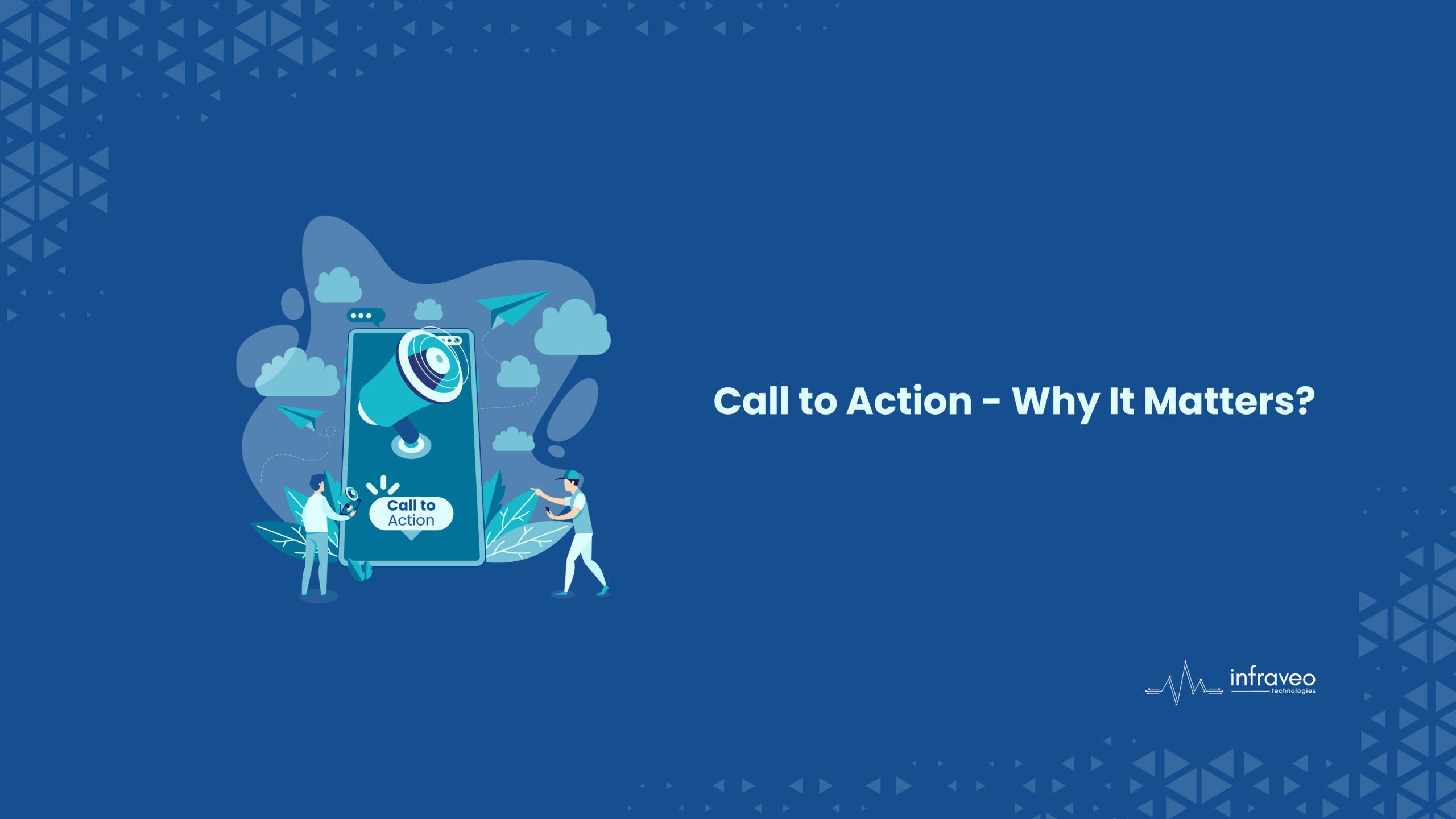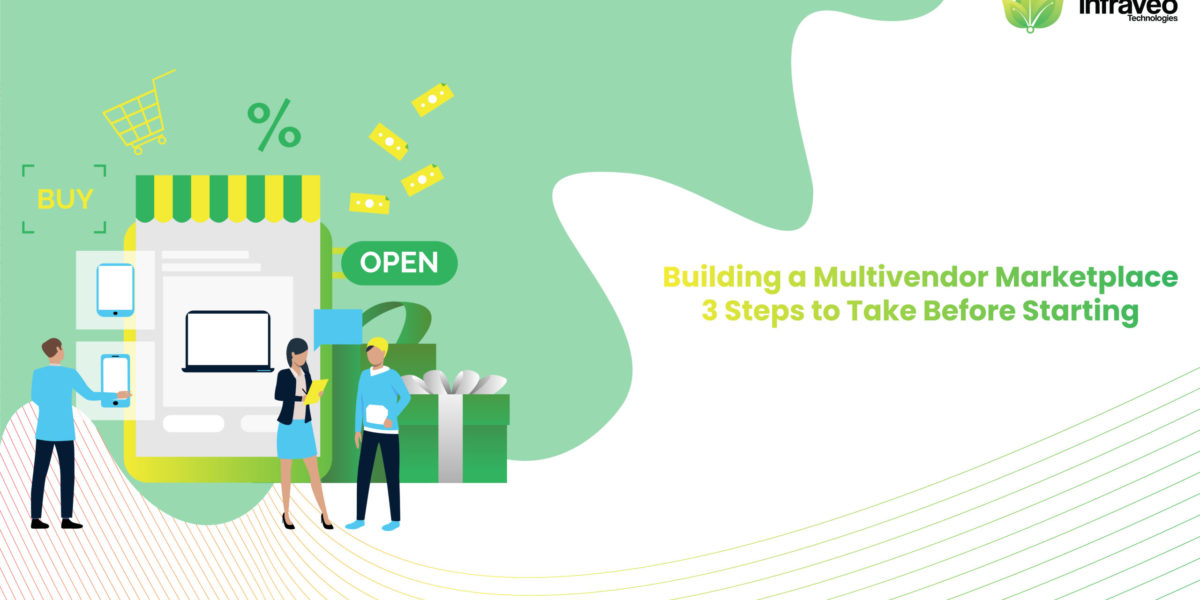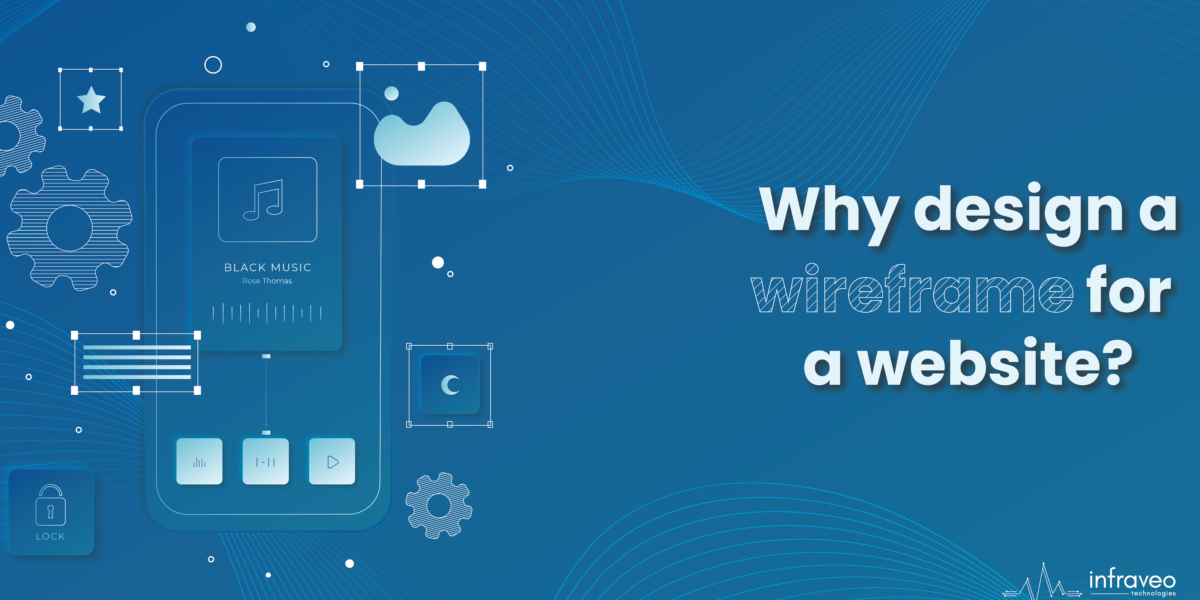Introduction
Call to action (CTA) is one of the most important terms in SEO (Search Engine Optimization). It is known as the ultimate goal of any online marketing campaign – you want to convert your visitors into customers. The term “call to action” (CTA) is used in marketing to refer to any design that aims to prompt an instant response or encourage an instant sale. A call to action (CTA) is most frequently used to refer to the usage of words or phrases that may be inserted into sales scripts, advertising messages, or web pages and that force an audience to act in a specific way.
What is a Call-to-Action (CTA)?
The term “call-to-action” (CTA) refers to a part of a webpage, commercial, or piece of content that prompts the viewer to do a certain action. CTAs in marketing help a business in turning a visitor or reader into a sales lead. Depending on the objective of the content, CTAs might inspire a range of alternative actions.
Type of CTA
Below are common types of CTAs:
Buttons:
Buttons are great because they give users a clear and easy call to action. In order to increase conversions and encourage visitors to hover their mouse over them, buttons should stand out from the page both aesthetically and textually. The design of a button should be simple, clean, and easily readable.
Forms:
Providing your visitors, a reason to complete your form is important. If you are asking them to click on a CTA button, that is not enough; they need to get something valuable in return. Offers can be as simple as an offer for a quote or service, or they can be more complex, such as downloads.
Banners:
A CTA (Call to Action) banner may be placed at the top, bottom, or side of a webpage. Usually, banners have captivating copy and visuals that attract viewers to click and take action. With high-traffic websites needing more perceived authority and credibility, CTA banners provide a needed boost to the overall appeal of your website.
Contextual Links:
Use a contextual link if you maintain a blog and want your readers to click on a certain link. These links can be found within a post’s post content. A contextual link has text that may be clicked on to take users to a related landing page.
Pop-Ups:
A pop-up is a call to action that suddenly displays in a small window on the page. Pop-ups may be an excellent approach to communicate an offer or convince customers to sign up for your service because consumers frequently ignore static CTA buttons and forms.
Slide-In:
Slide-in CTAs, like pop-ups, are created to capture the user’s attention by “sliding in” from the sidebar or bottom of the page. Since slide-ins do not interfere as much with the user experience as pop-ups do, they make a decent substitute.
Why is a call-to-action important?
A call to action is a phrase or statement that directs the customer to carry out a specific activity. A call to action can be used in marketing campaigns and lead generation. An effective call to action might encourage and direct customers.
Boosts a Company’s Revenue:
In today’s competitive world, many businesses are struggling to increase revenue and sales. One of the most effective ways you can use to boost revenue is by implementing a call to action (CTA) in your online or offline advertising. A CTA is used to reward your customers with a positive action that will draw their attention towards your product or service.
Continues the Conversation:
A CTA, often placed at the bottom of a website or social media post, can be an effective way to encourage interaction with your brand. These calls to action are encourages interaction and task completion that will increase your audience’s brand visibility.
Converts Potential Clients into long-term Customers:
One of a sales page’s most important parts is a call to action. It is a strategy you use to lead potential customers through the purchasing process and promote the business. When used effectively, CTA may help push visitors over the edge, advance potential clients through the sales process, and significantly boost conversion rate.
Conclusion
By collecting clicks from new people clicking on links to its portal, a company may grow its client & reach audience. It is a tool that businesses may use to expand their audience and boost revenues. The idea behind call-to-action is to display valuable near the end of an advertisement or marketing campaign, which encourages the reader or viewer to continue reading about a product or service.




